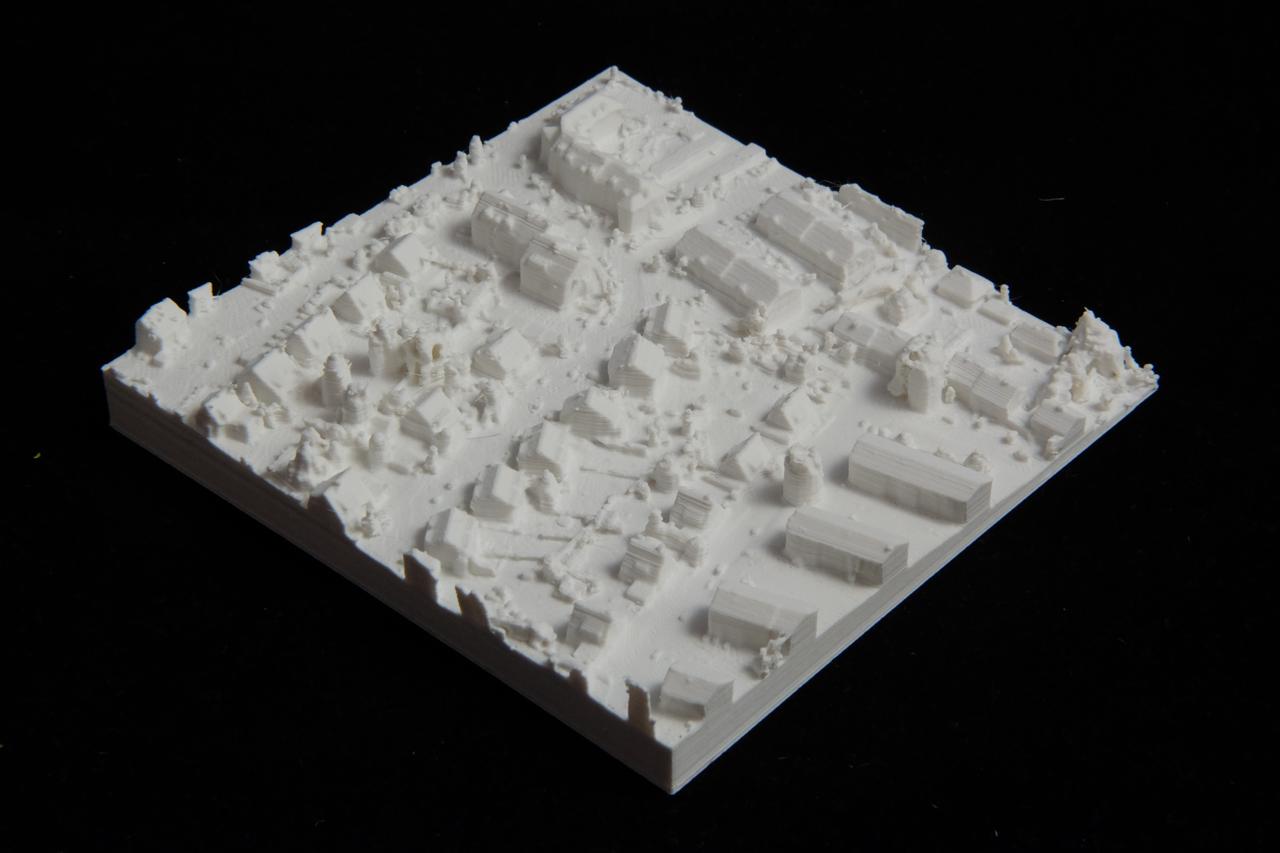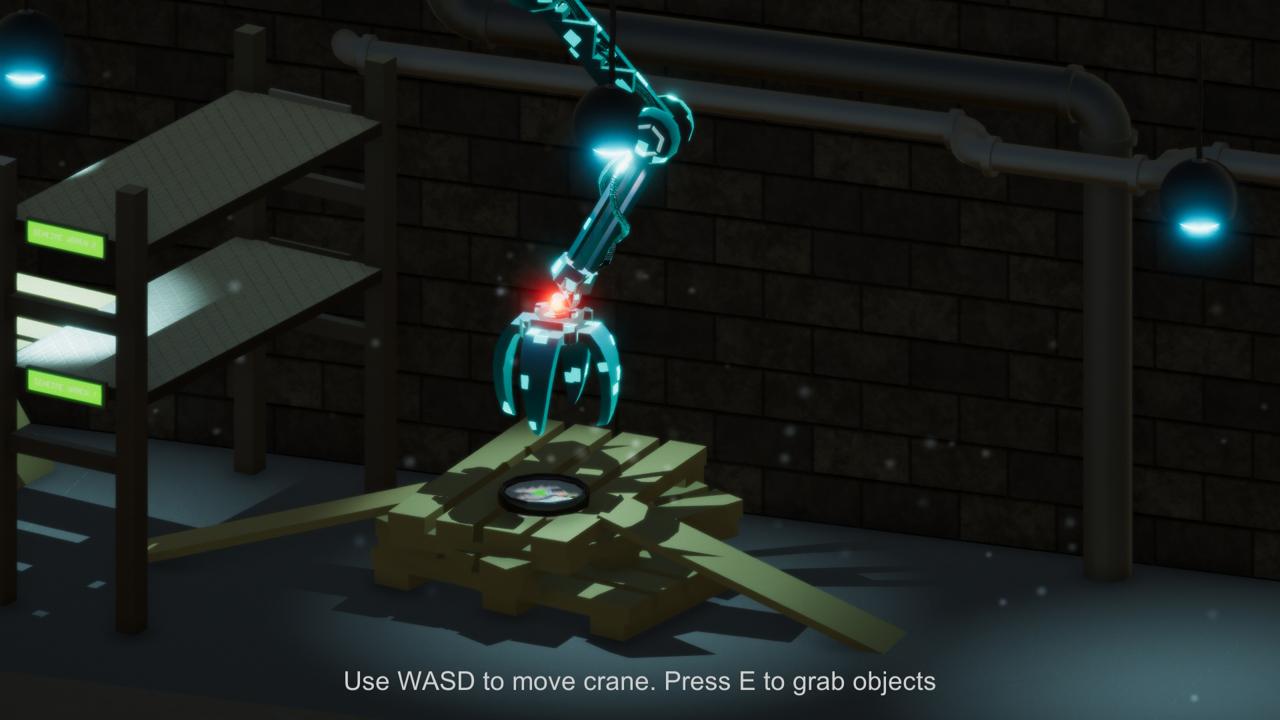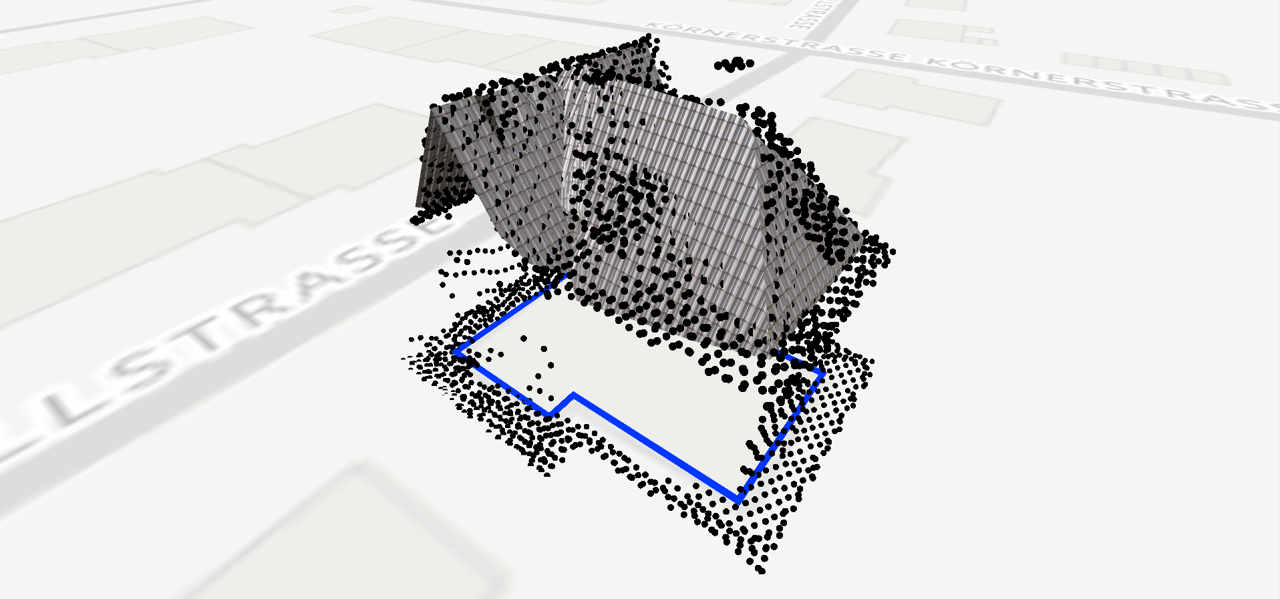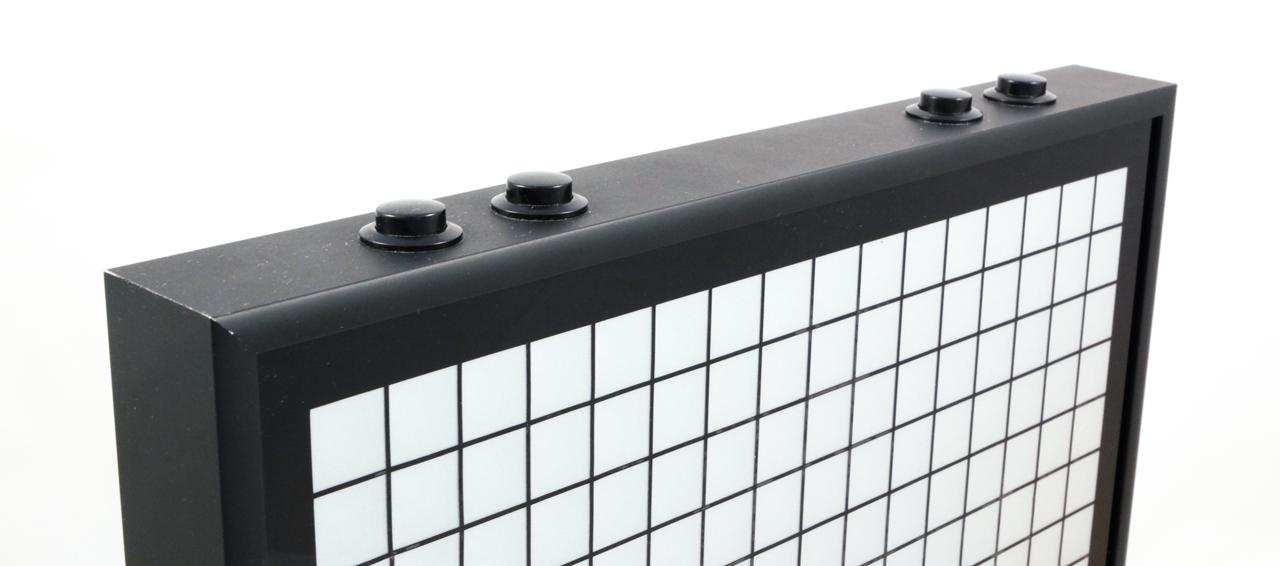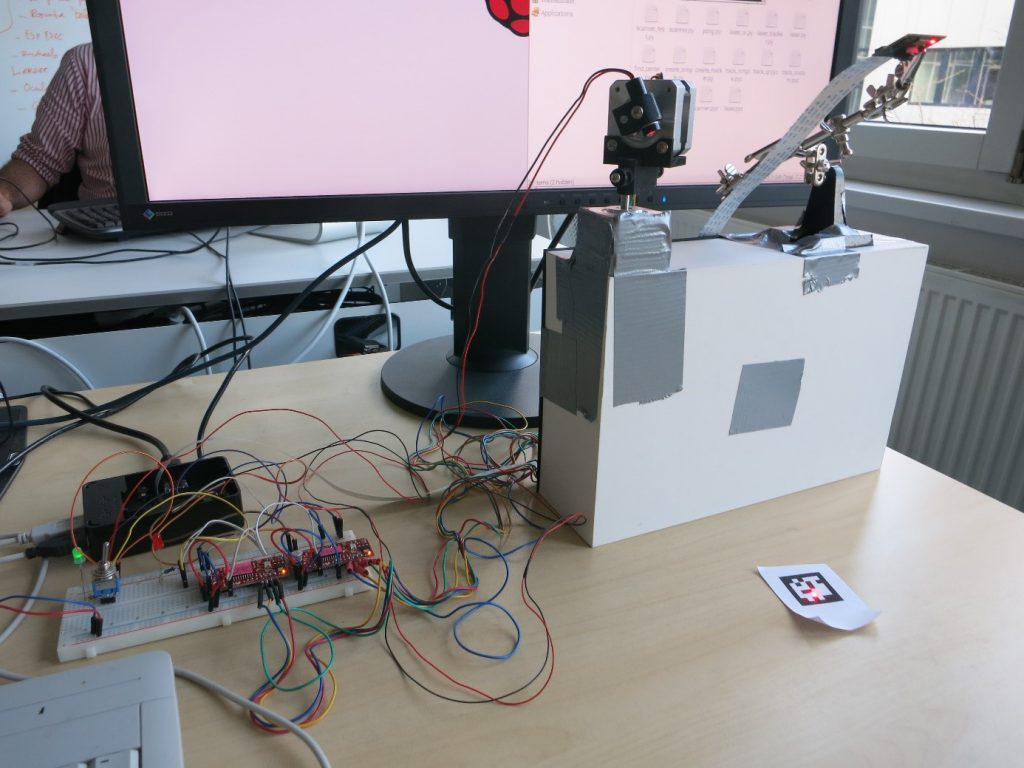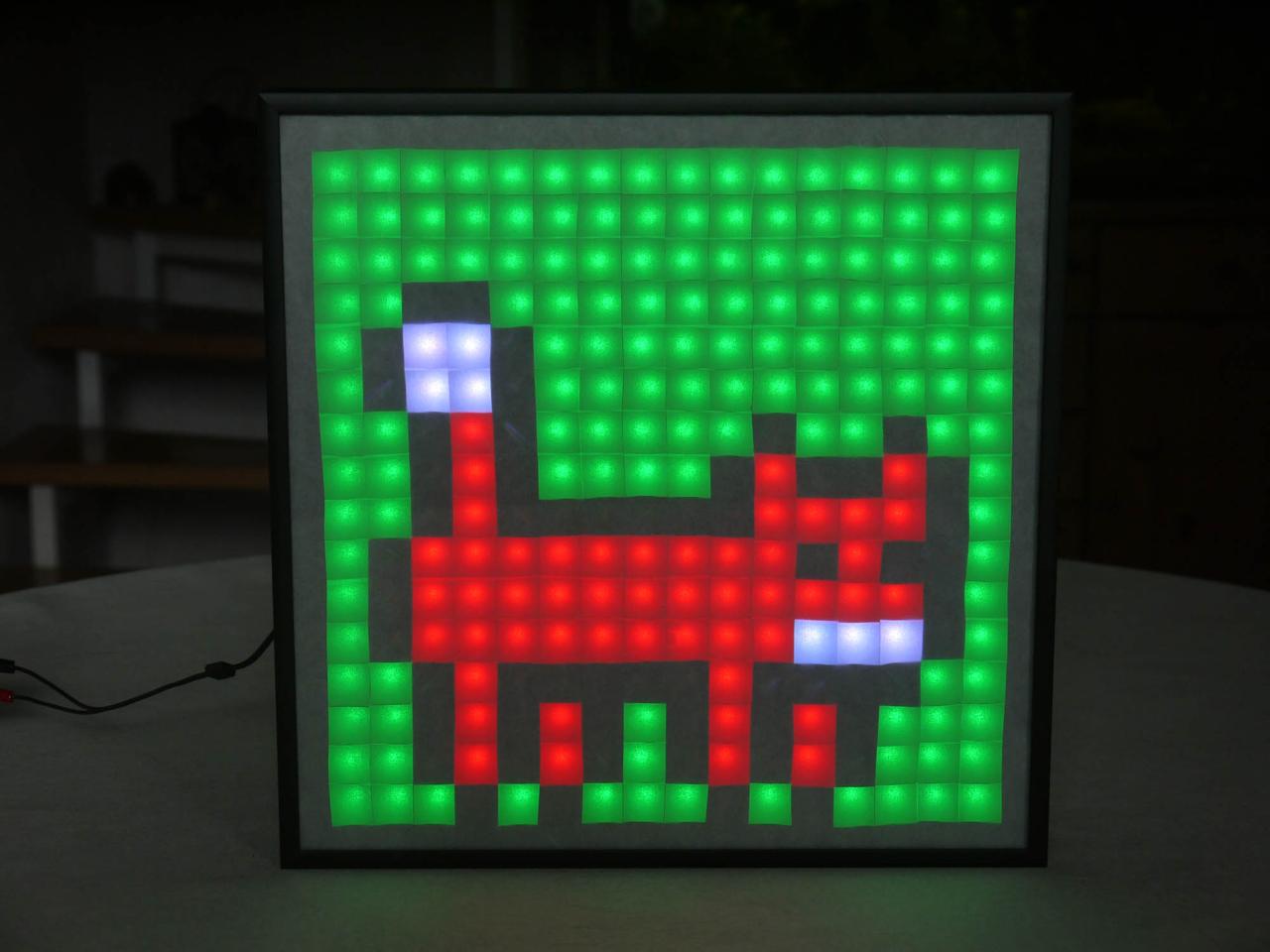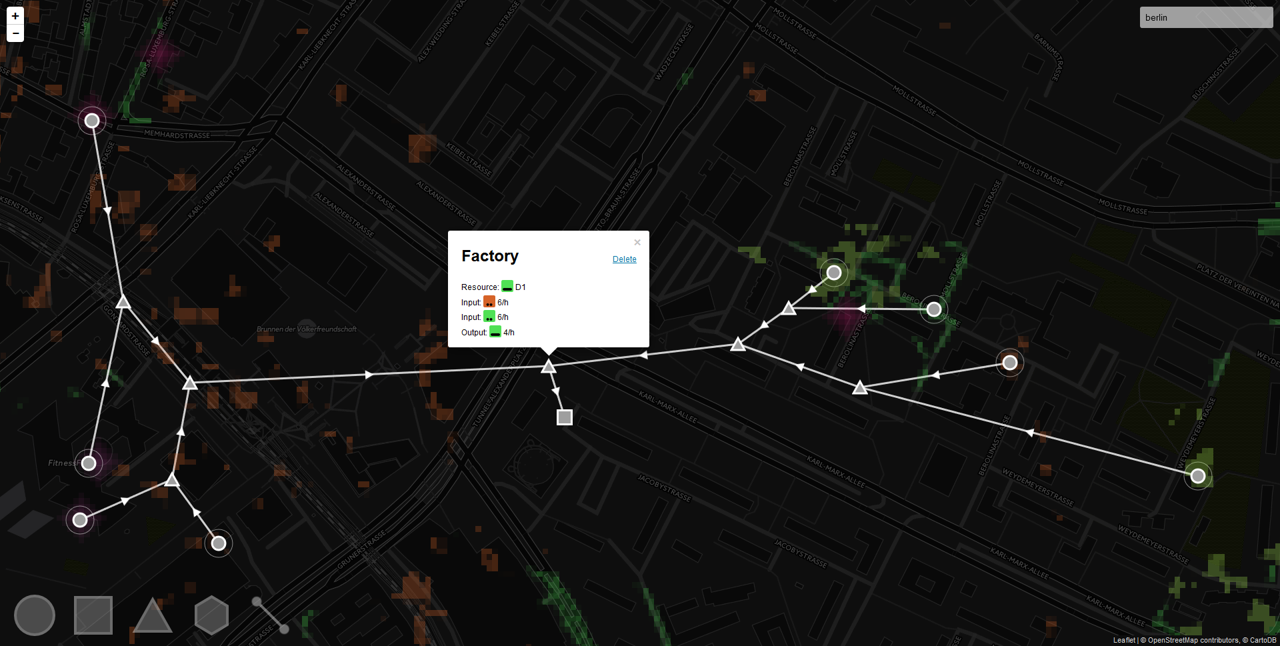This year I participated in my first game jam, the Global Game Jam 2018. With a team of artists, programmers and a sound designer, we made a video game within 48 hours.
Generating 3D roof meshes from aerial LIDAR data
This is my graduation project I did in computer science. The goal was to come up with a method to generate 3D meshes of building roofs from point cloud data. The point cloud data was taken with aerial LIDAR scanners and is available online. In addition, I used building layout polygons, which are also available as open data. I tested several strategies to generate a mesh and I’ll explain the best one in this post.
